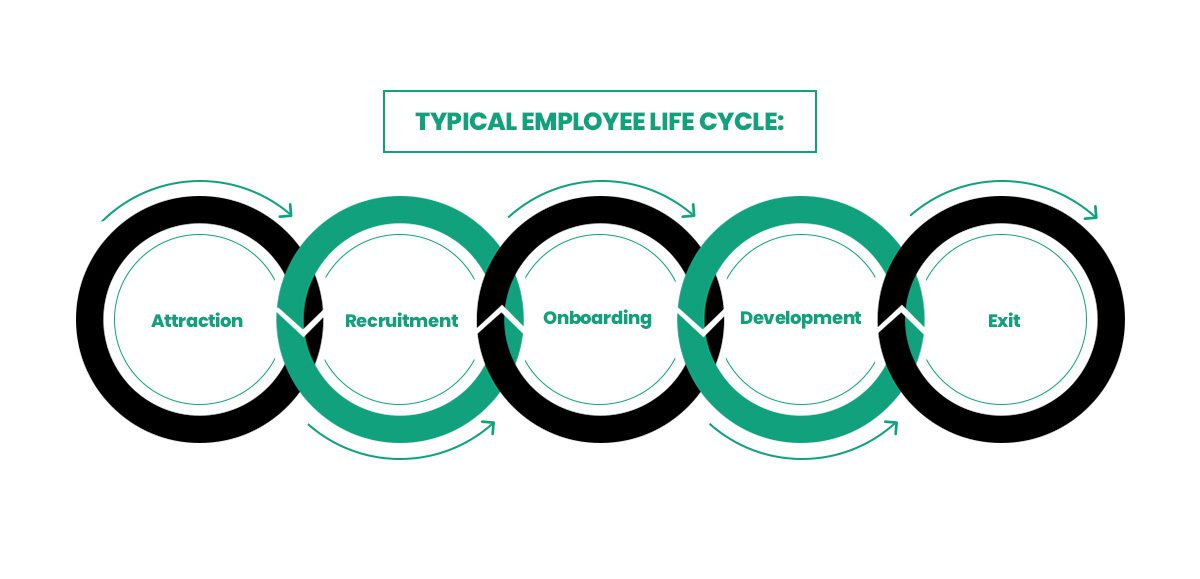Across businesses and industries, people transition in and out of organisations continuously. This may be due to their career aspirations, personal expectations, or desire for change. Beyond the job and the pay package, employees desire to work in an environment that offers a great experience. Employee experience and expectations may not always align. The resultant effect is that employees often form impressions of organisations and transfer them in their social and professional circles.
“Every exit is an entrance somewhere else” – Sir Tom Stoppard (British playwright and screenwriter)
Now, every organisation desires to get the best talent because they are mindful of the impact of competent employees on the bottom line. An organisation, some people have said, is as great as its people. To this end, much effort goes into ensuring that good hands are well managed and entrenched into the organisation. After crossing the hurdle of an effective recruitment process, the HR Department usually focuses on ‘onboarding’ new hires. In onboarding new hires, the goal is to make the experience memorable and integrate them into the organisation’s culture, making them feel welcome and comfortable enough to saddle in for a long stay.
While employee retention is important for organisation productivity, performance and growth, employees’ exits are a part of the employee life cycle and should require as much attention as recruitment, onboarding and development. It is the final stage of the employee life cycle where an employee formally separates from the employer, also called ‘off-boarding’. The reason for separation and how the process is managed are just as important as, if not more important than, the onboarding stage. At this point, the exiting employee now has insight, experience and access to organisational assets, trade secret information, gaps, and other insightful knowledge.
Impact of an Effective Exit Management
When the exit process is not properly managed, several outcomes may follow:
Negative brand image: If pending issues are not resolved (notwithstanding the reason for the exit: resignation, retirement, or retrenchment), the employee may become a badly treated customer or ambassador, spreading the organisation’s shortcomings. This would impact the brand and attraction.
Poor handover process: knowledge assets and critical process information may be lost (despite documentation) when the exit process is not adequately outlined and implemented. This makes it difficult for the next jobholder to seamlessly take on the function or tasks that the exited staff handled.
Loss of Improvement Insights: Employees have been known to leave organisations for lesser pay. Culture clashes, lack of trust in leadership, unfulfilled career dreams, and organisational politics are often the reasons why employees leave an organisation. These are opportunities for business to review their policies, procedures and culture and improve the workplace for the other employees.
Institutionalising Exit Management Strategy
Following the steps below will improve employee experience of separation from organisations and impact a business brand image in the labour market:
- Design employee exit management framework
- Design employee exit management policy
- Integrate exit expectations into the onboarding process to gain trust.
- Regularly review, update and communicate policy changes.
In conclusion, a cursory look must be given to the exit process, interviews, and experience of organisations. Business leaders, managers and HR professionals must ensure separations are seamless. pcl. has several success stories in designing exit management processes and implementing the same for our clients. The beauty of a well-executed process is eliminating negativity and successfully converting former staff to protagonists and brand ambassadors.
To implement a leading practice employee exit management initiative, kindly send an email to people@phillipsconsulting.net
Written by:

Esther Amoye
Senior Consultant

